

|
|---|

|
|

2019 General Assembly |
HOME PAGE |
|---|
CONFERENCE |
ABSTRACTS |
HALKIDIKI INFO |
GALLERY |
WEB-TV |
About HalkidikiNatural beauties, food and cultureTowns and locations to visitHalkidiki hystory |
|---|
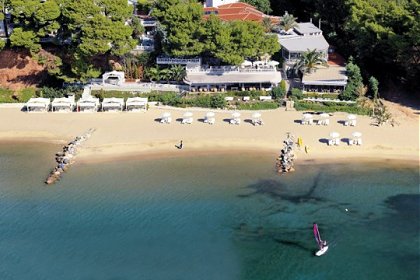 Natural beauties, food and culture: all this is HalkidikiHalkidiki is one of the most interesting touristic regions of Europe, because of its natural beauties and its hystorical and cultural inheritance. Nowhere in Greece can boast beaches like those of Halkidiki. The 550-kilometer long coastline, the crystal-clear waters, the pine trees offering amazing natural shade and more make Halkidiki one of the most popular Greek destinations. This is a place where all your senses will come to life, whether on the endless expanses of sand of the fashionable, cosmopolitan beaches, or in the intimacy of the many secluded bays and coves. The scent of the pine trees and the salt brine of the sea combine to relax the body and spirit, leaving you at peace to enjoy the grandeur of the regions famed sunrises and sunsets. 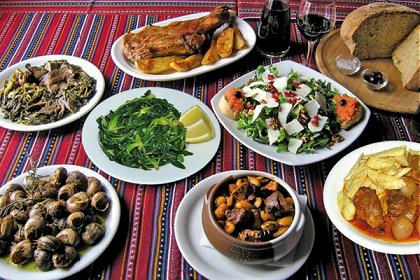 All that is complemented by the rich culinary fare of the region, that is supported by a local agricolture related to hystoric Mediterranean products. Halkidiki is famous for its table olives, the high-quality olive oil, its fine breads and cheeses, as well as for its traditional sweets and pastries made with delicious local fruit of local production. All that is complemented by the rich culinary fare of the region, that is supported by a local agricolture related to hystoric Mediterranean products. Halkidiki is famous for its table olives, the high-quality olive oil, its fine breads and cheeses, as well as for its traditional sweets and pastries made with delicious local fruit of local production.The region is also well known for producing honey of the highest quality, while also being a location worth visiting due to its wine routes. This is the ideal place to enjoy the healthy recipes of the Mediterranean diet and the savour ot its dishes, that are based on the purest and locally produced natural ingredients. Whether is a cozy tavern or a gourmet restaurant, don't miss the opportunity to taste the fresh fish daily delivered from the local fisherman to your table, locally produced meat, fruits and vegetables that are cultivated in a natural way and of course, dishes flavored by herbs gathered from the surrounding hills. Halkidiki features in many Greek myths and was populated since 4.000 BC. There are significant archaeological and UNESCO heritage sites, important museums, the world famous Petralona Cave, the Byzantine towers and the beautiful traditional villages of Halkidiki. 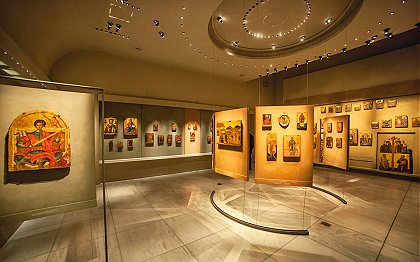 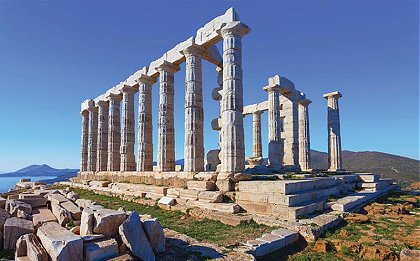 The remains of the 5th century BC cities, the Museums with their collections of artifacts, a number of Byzantine monuments and the traditional old villages, compose the history of Halkidiki. The remains of the 5th century BC cities, the Museums with their collections of artifacts, a number of Byzantine monuments and the traditional old villages, compose the history of Halkidiki.Ruins and churches of Roman and Byzantine periods are rich of mosaics. Churches and museum host icons of early Christian art. Also the Ottoman Empire, that dominated this region for many centuries, left here artistic and cultural inheritances, that are visible in local styles and colours, that remember the premises and environments of nearby Turkey. 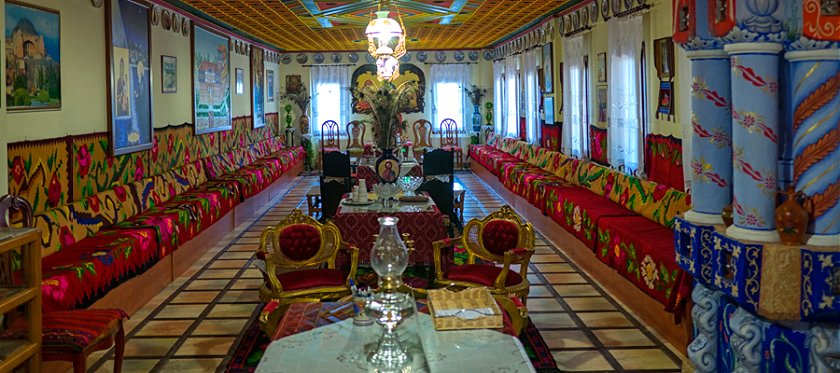 Very important is also the living religious traditions of its people, manifested with feast days, ceremonies and rituals. Halkidiki was introduced to Christianity when the Apostle Paul passed through Apollonia on his way from Philippi to Thessaloniki. Christianity became the legal religion of the Roman State since the era of Constantine I (beginning of the 4th century AD) and during the reign of Theodosius I, it was proclaimed as the official state religion. Therefore, there are ruins or early Christian churches all over Halkidiki. After the foundation of Mount Athos monastic community, Halkidiki became the most important religious center for Orthodox pilgrims, while a lot of monasteries were founded during Byzantine era. Most of the monasteries outside Athos peninsula though, were founded to be under the supervision of Mount Athos’s monks. 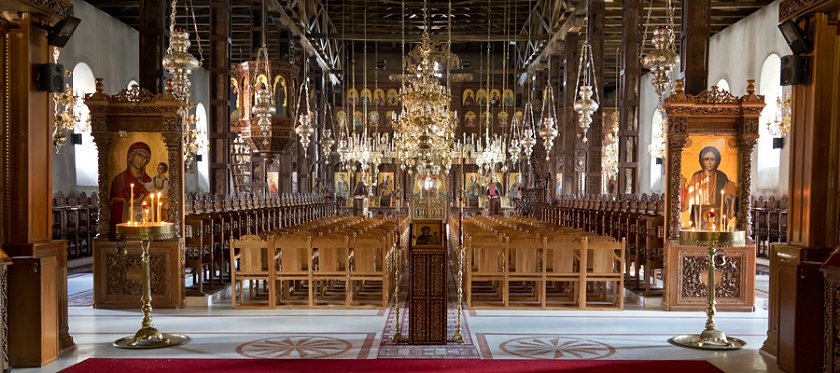
| |
|
Powered by MMS - © 2017 EUROTEAM |
|---|